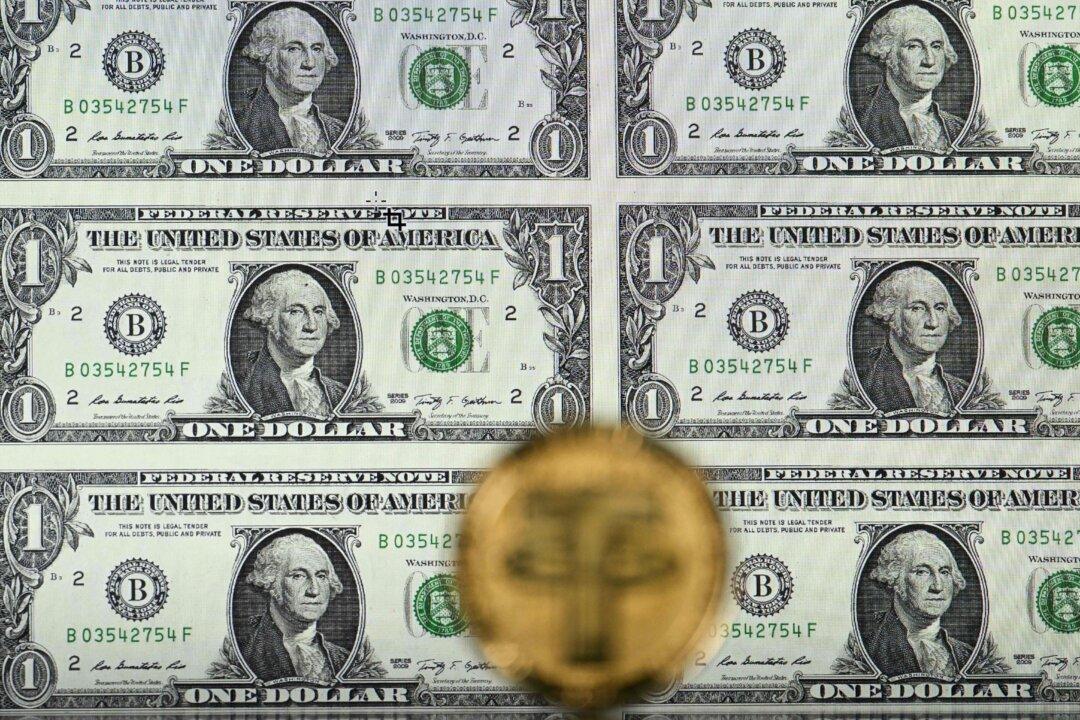Ethereum was trading almost 2 percent higher at one point on Tuesday, which caused the cryptocurrency to rise up above the April 16 high of $3,086.83, negating a downtrend pattern Ethereum had been trading in since April 3.
Although Ethereum will need to print a higher low above Monday’s low of $2,880, the crypto has made the first indication it may begin trading in an uptrend.





